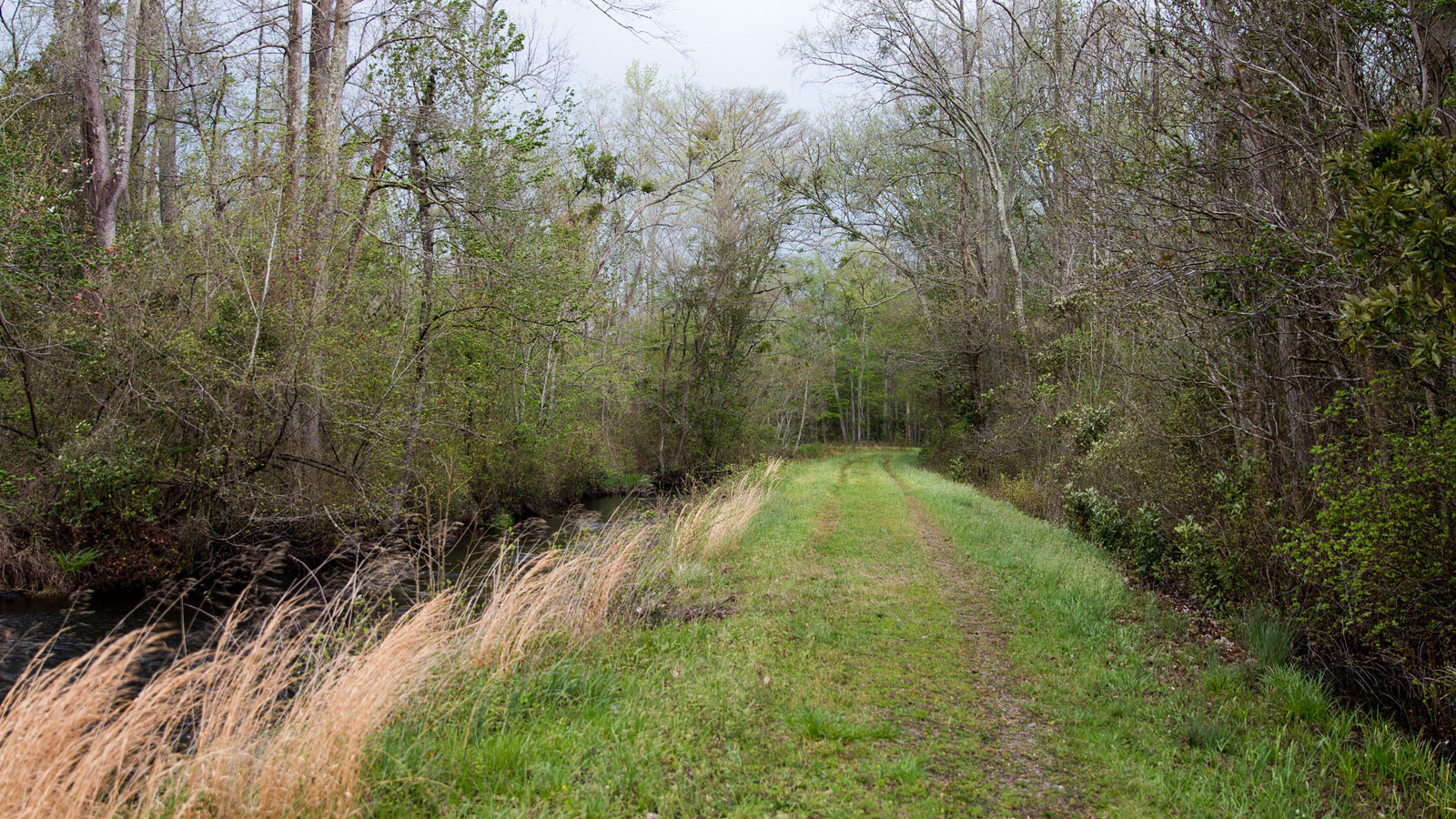The Great Dismal Swamp is a forested wetland in North Carolina and Virginia. And there’s nothing dismal about the climate benefits it provides.
The swampland is composed of peat, partly decayed plant matter that accumulates in wet conditions over thousands of years. It stores a lot of carbon.
But in colonial times, people logged trees and dug ditches to drain some areas of the swamp. Michael Burchell of North Carolina State University says the changes had lasting impacts.
“When you make these areas drier, microorganisms can break down the carbon in the soil at a faster rate,” he says.
That releases the carbon to the atmosphere.
What’s more, dried-out peat burns easily in a wildfire.
“In these areas, under drier conditions, the peat itself can burn, and you can lose meters of peat during big fires,” Burchell says.
That releases large amounts of carbon, fast.
But now swamp managers are rewetting some of the dry areas. They’ve installed control structures on some ditches to redirect water to areas that were previously drained.
Burchell and others have been studying the approach and found that it’s an effective way to restore a more natural flow of water through the swamp.
Reporting credit: Sarah Kennedy/ChavoBart Digital Media
Source link


